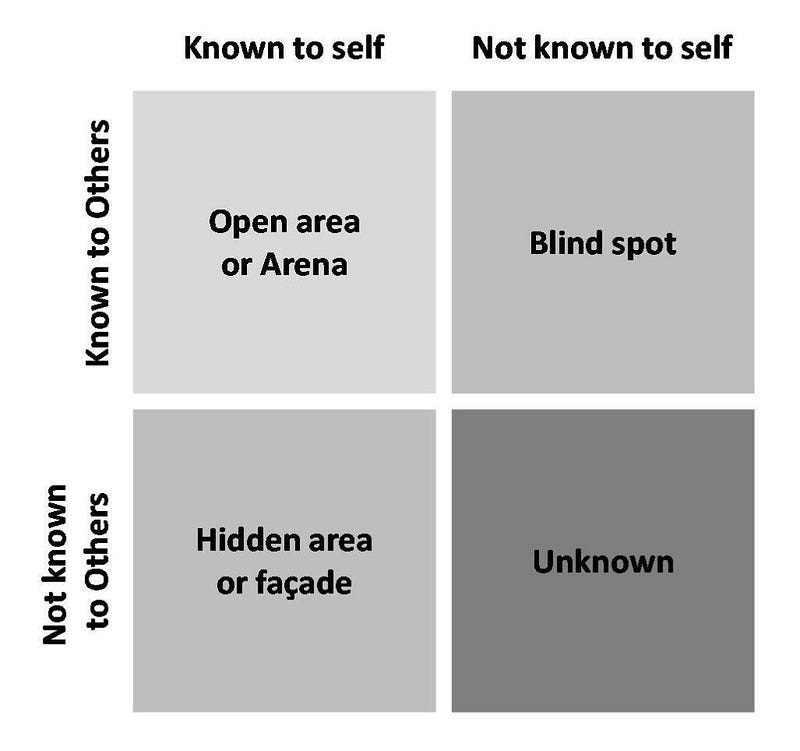How To Plan Better Using The Johari Window
Boost planning by reducing unknowns and improving self-awareness using the Johari Window
Boost planning by reducing unknowns and improving self-awareness using the Johari Window

Key Takeaways
Johari window is a psychological model aimed to increase self-awareness.
When applied to project management, it can help uncover unknowns and improve the planning process.
Build a plan, share it with others, get feedback, search for unknowns, and over again.
Overview
When we want to achieve or build something, we devise a plan to reach it. A plan can be anything from a general thought with some dates in mind to a fully built roadmap. As Eisenhower said –
“Plans are useless, but planning is indispensable.”
To improve our planning process, we must account for risks, uncertainty, and unknowns. The Johari window psychological model can help us.
Johari Window In A Nutshell
Developed in 1955 by psychologists Joseph Luft and Harry Ingham, the Johari window model aims to improve self-awareness by combining what a person is aware of and what others are aware of (figure 1).

To improve self-awareness, one should ask for feedback and disclose information (figure 2).

Taking it into the world of projects and products, consider a new project where –
Some aspects are known by their owner and colleagues (open area)
Some aspects are known only by colleagues (blind spot)
Some aspects are known to the owner only (hidden area)
Some aspects are entirely unknown (unknown)
Example
Let’s demonstrate it with a simple example — a friend’s drive upstate. In terms of planning, we want to estimate the time of arrival. Let’s say Mary is the driver and Max is her friend.
Open Area
We have a trip planned, and our friends know where they are going, when they are going to leave, and how they will get there. This is the open area.
Mary, the driver, also plans the trip and shares those details with Max.
Blind spot
Our trip should go through a parade where some roads are expected to be blocked. Max, the driver’s friend, discovered it online and has yet to share it with Mary.
Hidden area
Mary knew that a 5-minute detour could get her to her grandfather, who she didn’t visit for a while. She plans on taking this route and saying hello. She didn’t share this information with Max.
Unknown
While not expected, our friends are expected to encounter stormy weather for about half an hour of their drive.
How Can Marie Improve Her Planning?
Applying the Johary window model, it is clear that Marie and Max each see their plan differently. The planning is what it is all about. Here is what Marie should do –
Share the plan — Marie should share her plan with Max and get his feedback. She will also share her plans of visiting her grandfather, reducing the hidden area, and keeping Max in the loop.
Ask for feedback — while sharing her plan and asking for feedback, Marie will uncover her blind spot of the blocked route. It will make her planning more accurate.
Search for the unknowns — the most challenging part is revealing the unknown. In our case, Marie should have considered whether a factor should be revealed (for example, looking at weather forecasting).
With experience and feedback, one should uncover at least some of the unknown factors.
Conclusion
When applied to project management, the Johary window helps us identify our blind spots and unknowns, improve communication, and reduce uncertainty.
The planning process should be focused on these areas, creating a more accurate and sustainable plan to go with. The main actions to follow are –
Build a plan.
Share the plan (reducing hidden areas).
Get feedback on it (reducing blind spots).
Reveal the unknown factors.
The process is iterative and should improve over time based on the new data.

